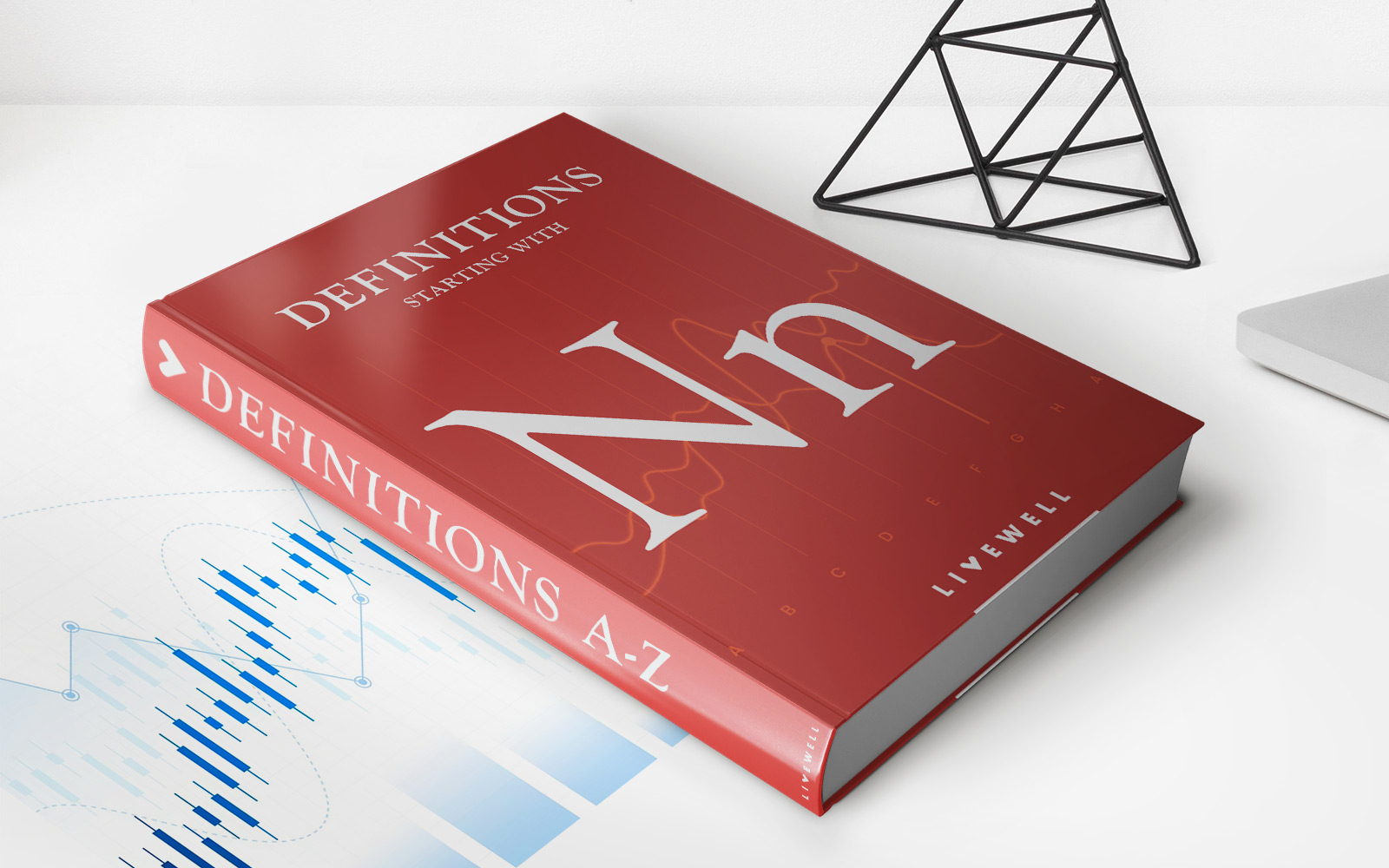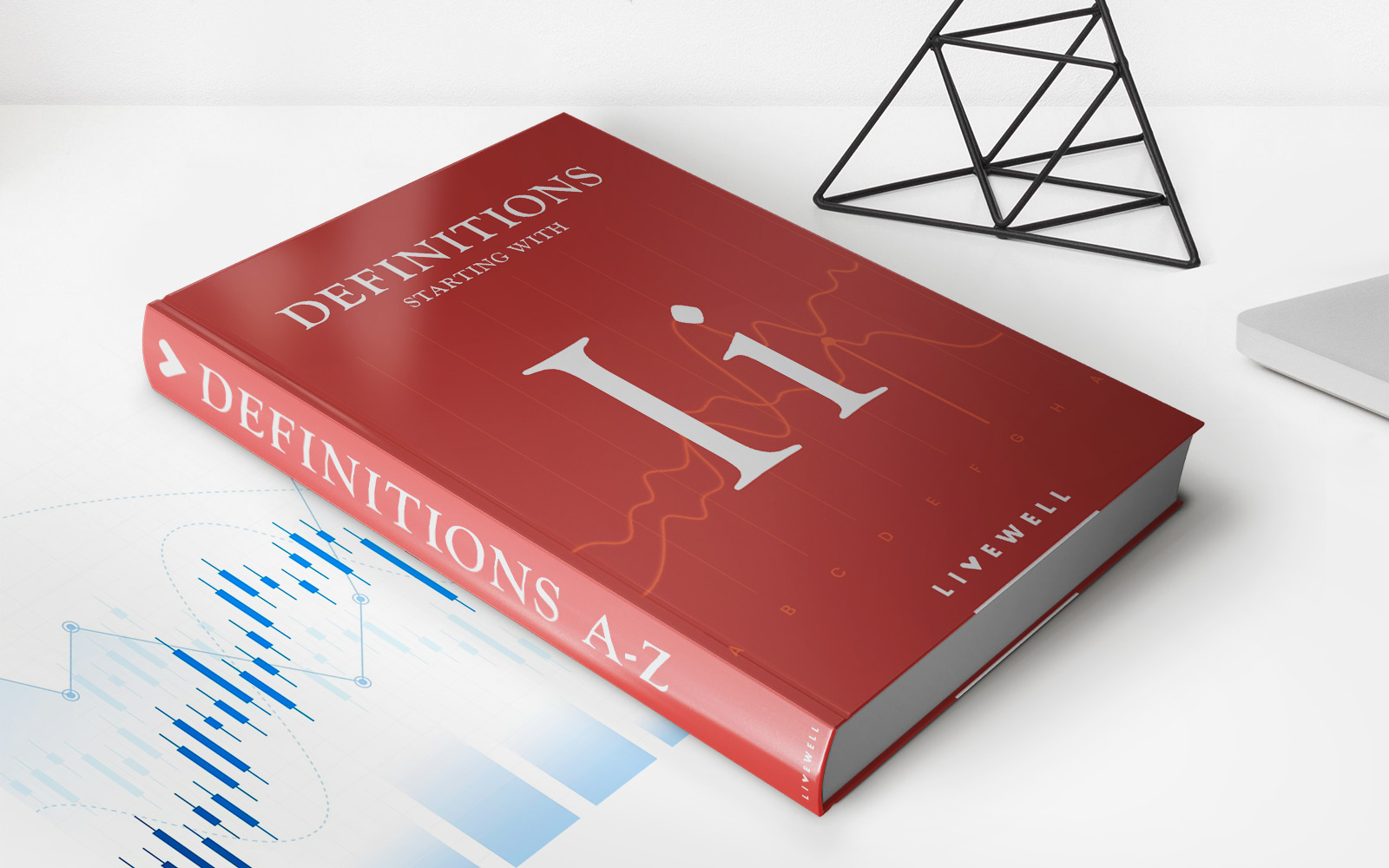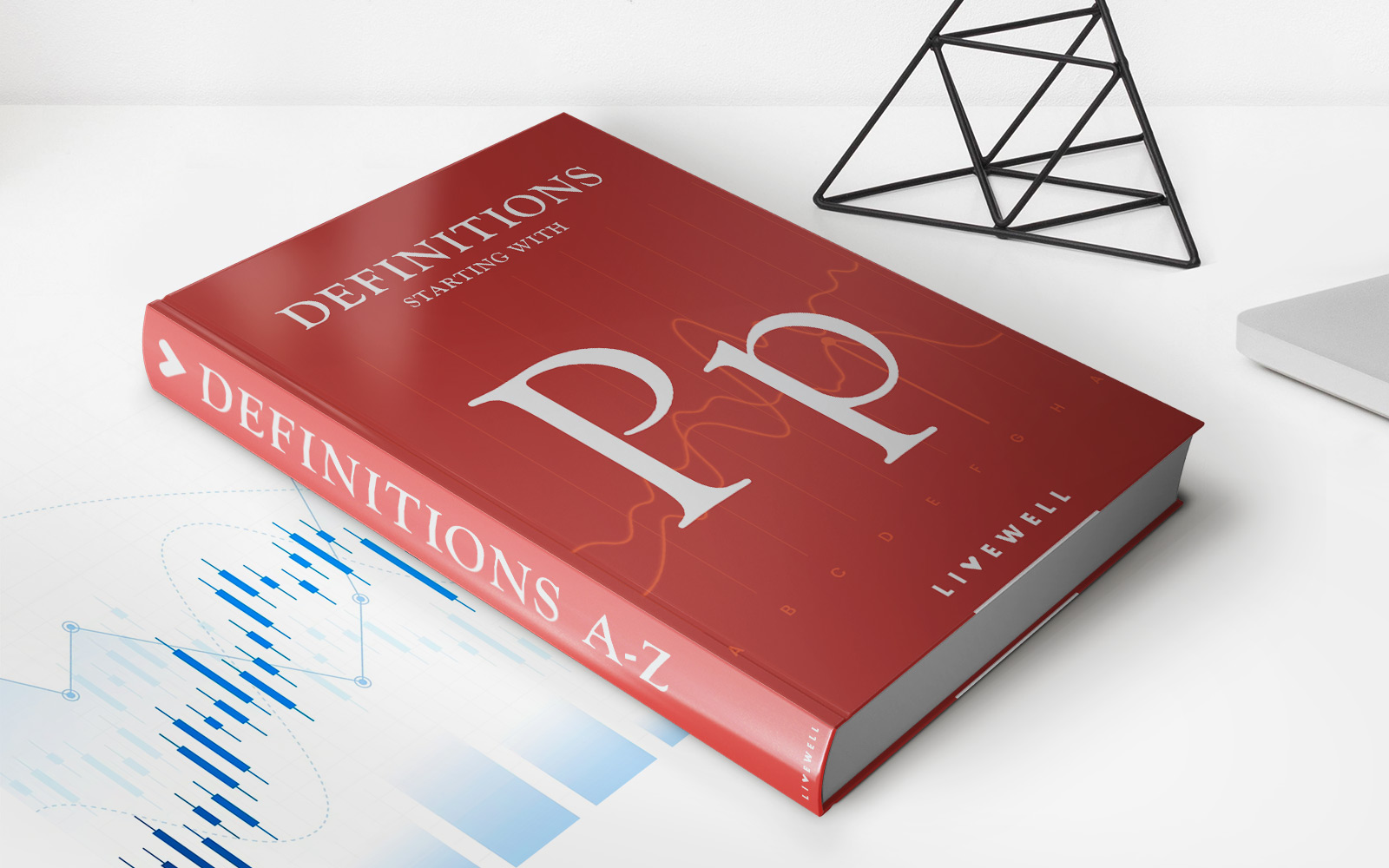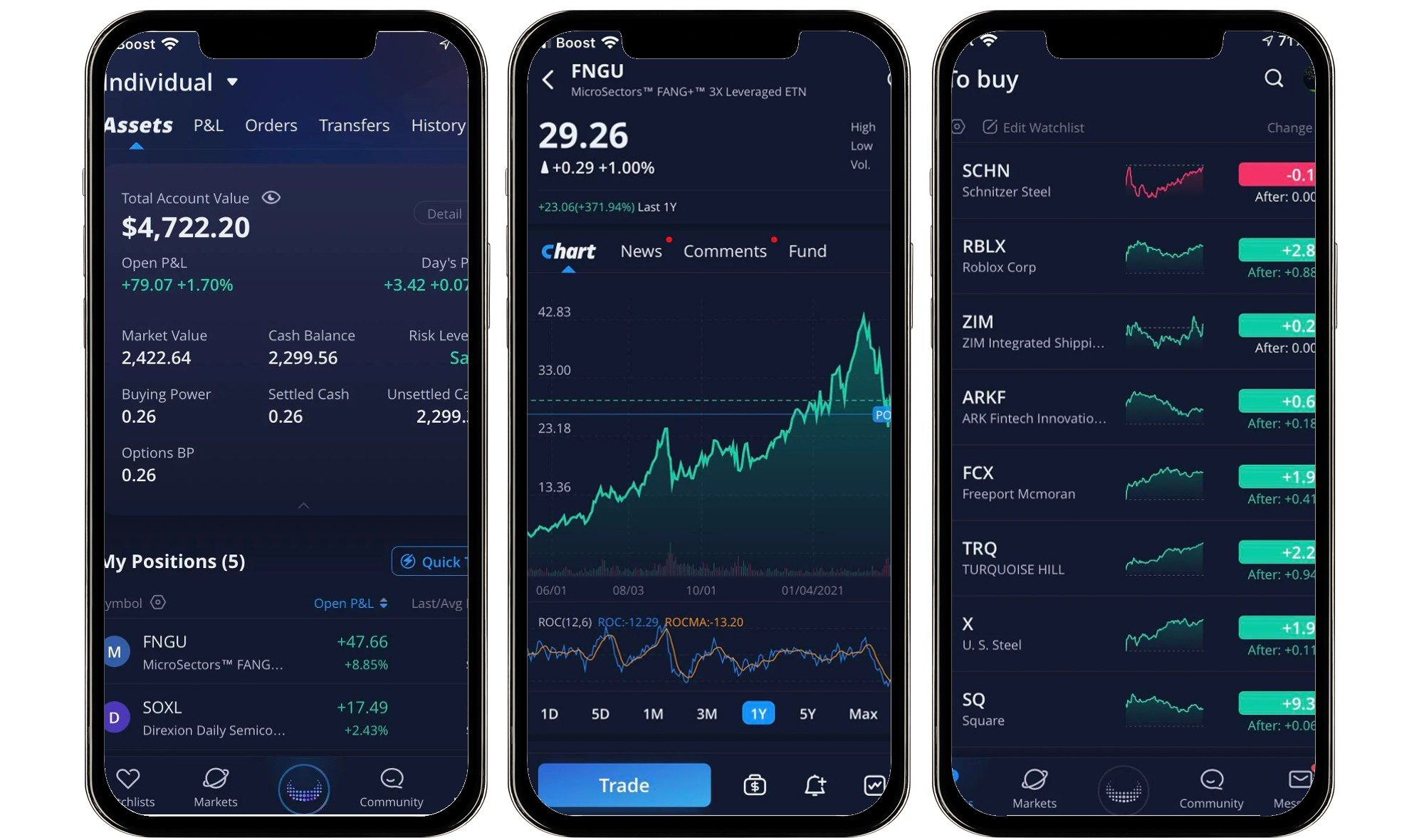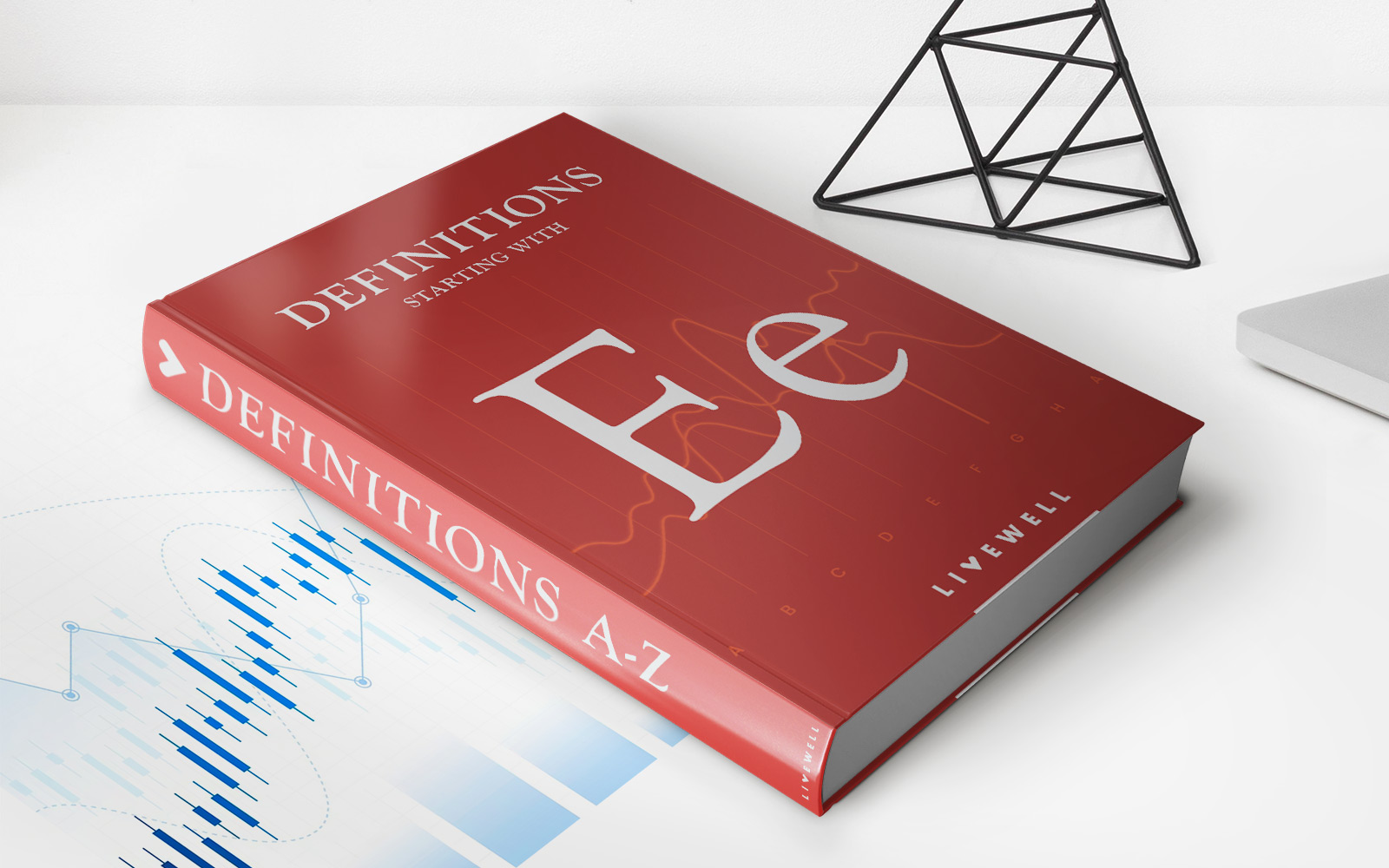Home>Finance>Near Money: Definition, Examples, And Importance


Finance
Near Money: Definition, Examples, And Importance
Published: December 29, 2023
Discover the meaning and significance of near money in finance through practical examples. Understand why near money is crucial for understanding the liquidity of an economy.
(Many of the links in this article redirect to a specific reviewed product. Your purchase of these products through affiliate links helps to generate commission for LiveWell, at no extra cost. Learn more)
Near Money: Definition, Examples, and Importance
Welcome to the Finance category of our blog! In this post, we will be delving into the concept of near money. If you’ve ever wondered what near money is, its importance in the financial world, and some examples of near money, then you’ve come to the right place. So, let’s dive in and explore the fascinating world of near money!
Key Takeaways:
- Near money refers to assets that are easily convertible into cash and can be considered as substitutes for money.
- The concept of near money is important as it helps individuals and institutions to assess the overall liquidity of an economy or financial system.
Now, let’s start with the definition. Near money, also known as quasi-money or quasi-liquid assets, refers to any financial instrument or asset that can be readily converted into cash with minimal or no loss of value. While not directly considered as money, these assets can act as viable substitutes for money within the economy.
Wondering what are some examples of near money? Here are a few:
- Savings Accounts: Money deposited in traditional savings accounts can be easily accessed and converted into cash.
- Certificates of Deposit (CDs): While CDs have a fixed term, they can still be classified as near money as they can be liquidated prematurely with minimal penalties.
- Treasury Bills: Issued by governments, treasury bills are considered low-risk investments that can be easily bought and sold.
- Money Market Accounts: These accounts offer higher interest rates than traditional savings accounts and allow easy access to funds.
Now, you might be wondering why near money is important. Well, near money plays a crucial role in assessing the liquidity of an economy or financial system. By measuring the amount of near money available in an economy, individuals and institutions gain insights into the overall stability and liquidity of the financial system. It helps them evaluate the ease with which assets can be converted into cash when needed.
In conclusion, near money refers to assets that are easily convertible into cash and can act as substitutes for money. Examples of near money include savings accounts, CDs, treasury bills, and money market accounts. Understanding the concept of near money is important as it helps individuals and institutions assess the liquidity of an economy or financial system.
We hope you found this post insightful and that it provided you with a better understanding of the concept of near money. Stay tuned for more informative posts in the Finance category of our blog!



